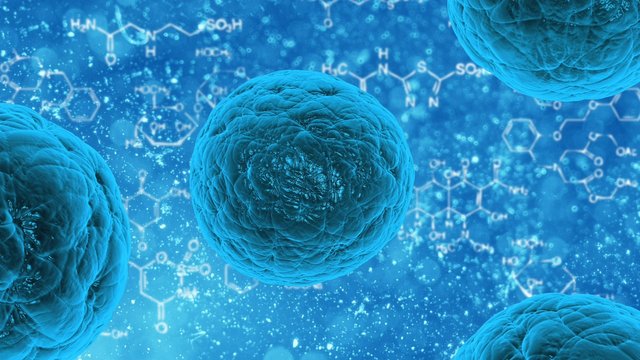Light Powered Hybrid Nano-organisms Making Plastic and Fuels
Bacteria enhanced with quantum dots can get energy from light and use it to transform carbon dioxide and nitrogen into interesting products. Similar technologies could one-day process carbon dioxide both in homes and factories.

- Be also sure to check out my other posts and follow me @kralizec and subscribe to my Youtube channel at Kralizec Gaming Youtube Channel
Quantum dots – tiny little semiconductors just nanometers in size are getting more and more popular nowadays. They have very interesting optical and electronic properties making them potentially great for many different applications from transistors to solar cells, bio-medicine or even quantum computers.
Now a team from the University of Colorado managed to “cross-breed” quantum dots with bacteria making something that could be called hybrid nano-organisms. These little beings are capable of eating up carbon dioxide with nitrogen and make plastic and fuel from them. The quantum dots are an energy source for key bacterial enzymes changing the bacteria into powerful nano-factories.
Prashant Nagpal and his colleagues are not concealing that their main goal is to improve the technology to absorb atmospheric carbon dioxide and its later processing because of global warming.
Nagpal’s team created quantum dots that can passively – through diffusion – enter bacterial cells. These quantum dots were designed to spontaneously merge with selected enzymes that process atmospheric carbon dioxide and nitrogen. When these enhanced bacteria are shined upon even with a very small amount of sunlight they will start processing carbon dioxide into quite useful materials. And each of the bacteria will make millions of molecules of these materials.
Different combinations of quantum dots and different light wavelengths lead to the creation of different products. For example, when they are shined upon with green light they process nitrogen and produce ammonia. If you use red light they process carbon dioxide into plastic. The experiments so far indicate that they could be useful even on an industrial scale.
The ideal scenario is that both households and factories will just transfer their carbon dioxide emissions into a nearby water tank. There they will get processed by their hybrid nano-organisms into plastic or other similar useful products.
Sources:
- If you like the content I’m producing about science maybe you will like the content I produce about gaming as well! Be sure to check out my other posts!
This sounds wonderful...I like especially their potential for making solar cells more efficient (and compact?). But I don't want them to make plastic--I want them to eat plastic. We're already drowning in the stuff.
Great article, amazing technology.
This post has been voted on by the SteemSTEM curation team and voting trail. It is elligible for support from @curie.
If you appreciate the work we are doing, then consider supporting our witness stem.witness. Additional witness support to the curie witness would be appreciated as well.
For additional information please join us on the SteemSTEM discord and to get to know the rest of the community!
Please consider setting @steemstem as a beneficiary to your post to get a stronger support.
Please consider using the steemstem.io app to get a stronger support.